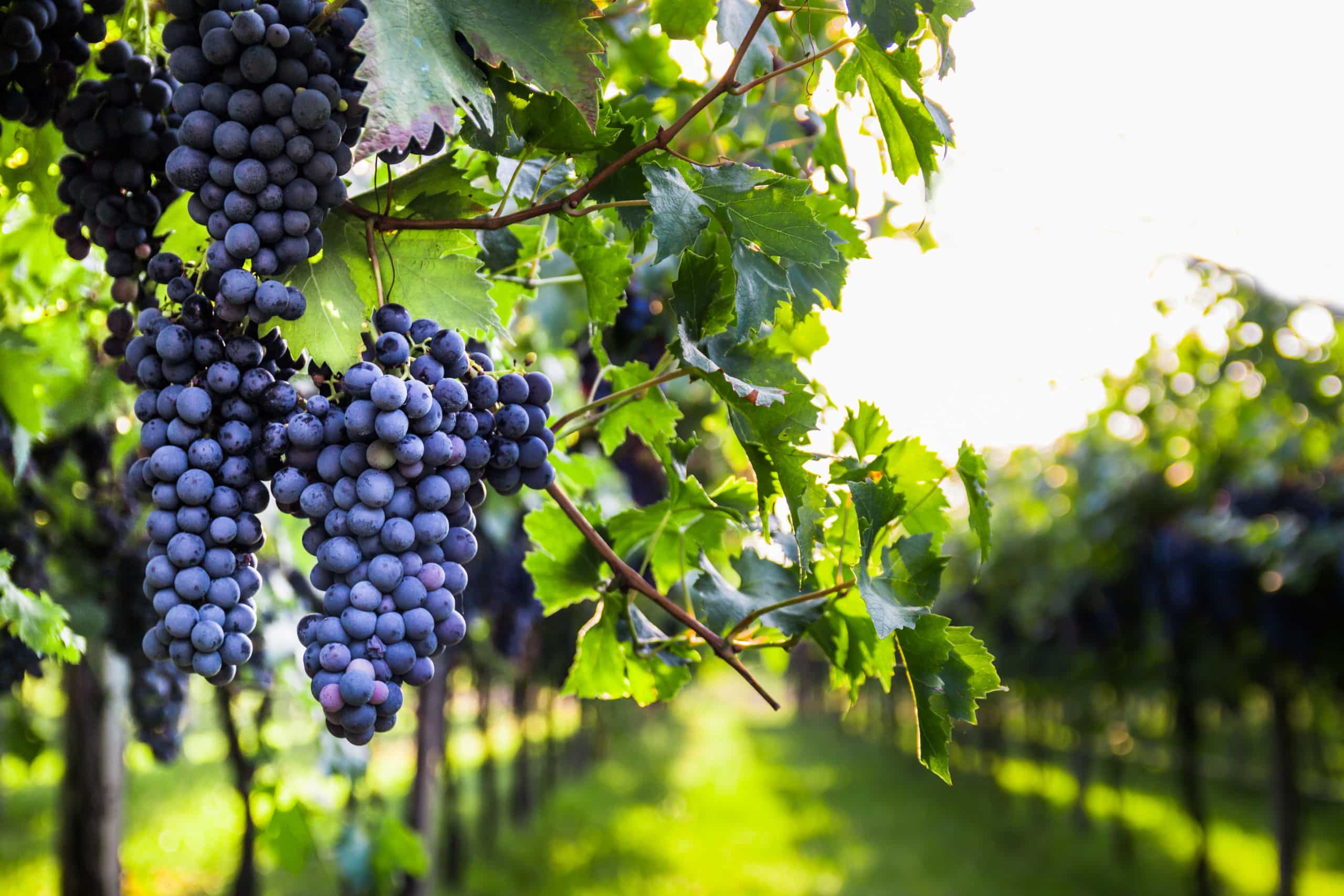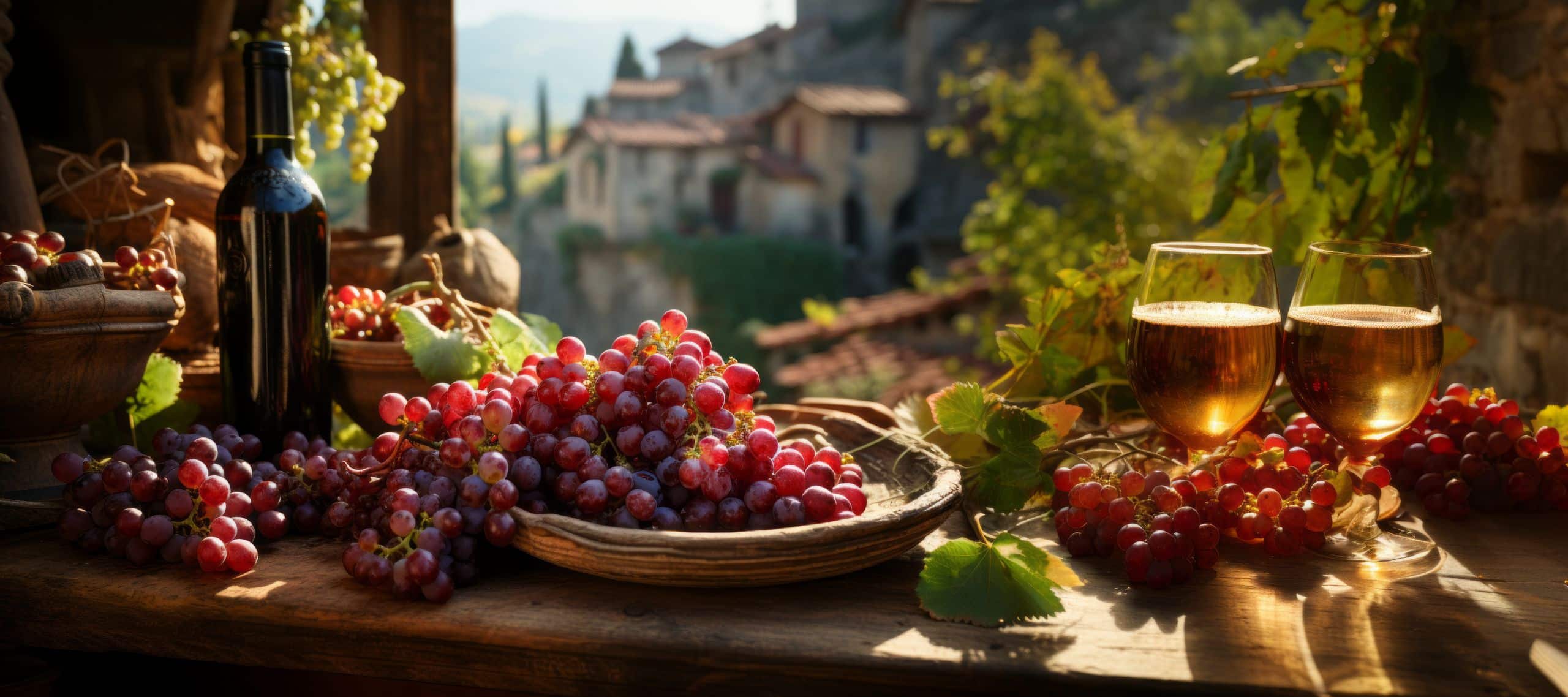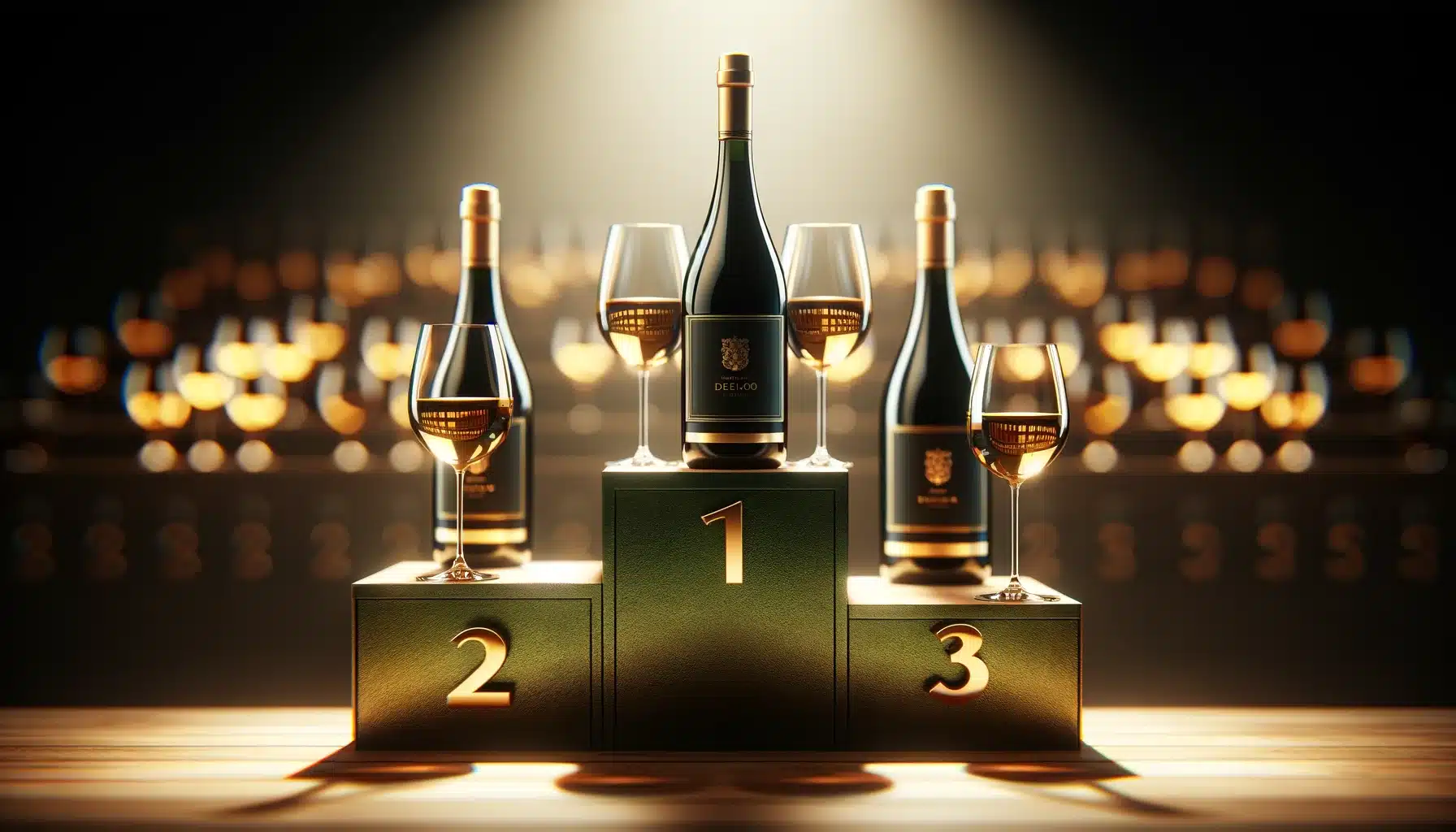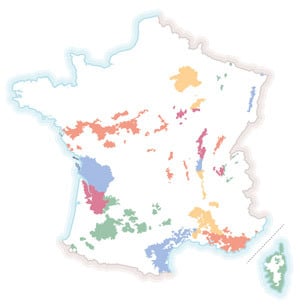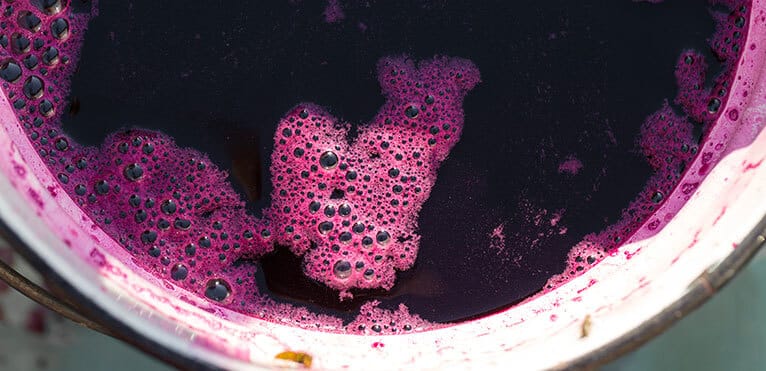
Contents
Carbonic maceration
In order to endow the wine with special characteristics, the winemaker can use certain methods, including carbonic maceration. The latter was invented by Michel Flanzy in France, and perfected through the experiments of Jules Chauvet.
This stage of the winemaking process consists of macerating small quantities of intact grapes (harvested by hand in small crates) in a hermetically sealed vat deprived of oxygen and saturated with carbon dioxide. Cellular fermentation then takes place.
This maceration can be carried out for several types of wine, and the maceration temperature will depend on the type of wine. This gives us the following times and temperatures:
- 6 to 8 days at 32° for ageing wines.
- Less than 10 days at 20°-23° for primeur red wines.
- From 48h to 72h at 32° for rosés.
Generally speaking, carbonic maceration is ideally suited to supple, aromatic red wines. It is compulsory for certain appellations d’origine (Côtes du Roussillon, Caramany…) and some AOC producers use it to vinify their vins de garde (Châteauneuf-du-Pape, Corbières, Minervois…).
Carbonic maceration produces rich, pronounced aromas, more intense coloration, lower acidity due to the degradation of malic acid into alcohol, lower propensity of sugars transformed into alcohol, protein degradation that precipitates must fermentation, and a reduction in defects due to excess tannins.
Semi-carbonic maceration
Semi-carbonic maceration is a typical Beaujolais maceration used to vinify Beaujolais and Beaujolais-Villages Futures. It differs from carbonic maceration in that, once the vat has been filled, no external carbon dioxide is added, but the vat is simply left open. The vat saturates itself with CO2 under the effect of alcoholic fermentation.
This type of maceration lasts from 10 to 20 days, depending on the wine. The duration of maceration is determined with the aim of extracting the maximum amount of matter and fixing the aromas. During pressing, the press and free-run juices from each cuvée are blended and decanted into their coarse lees.
